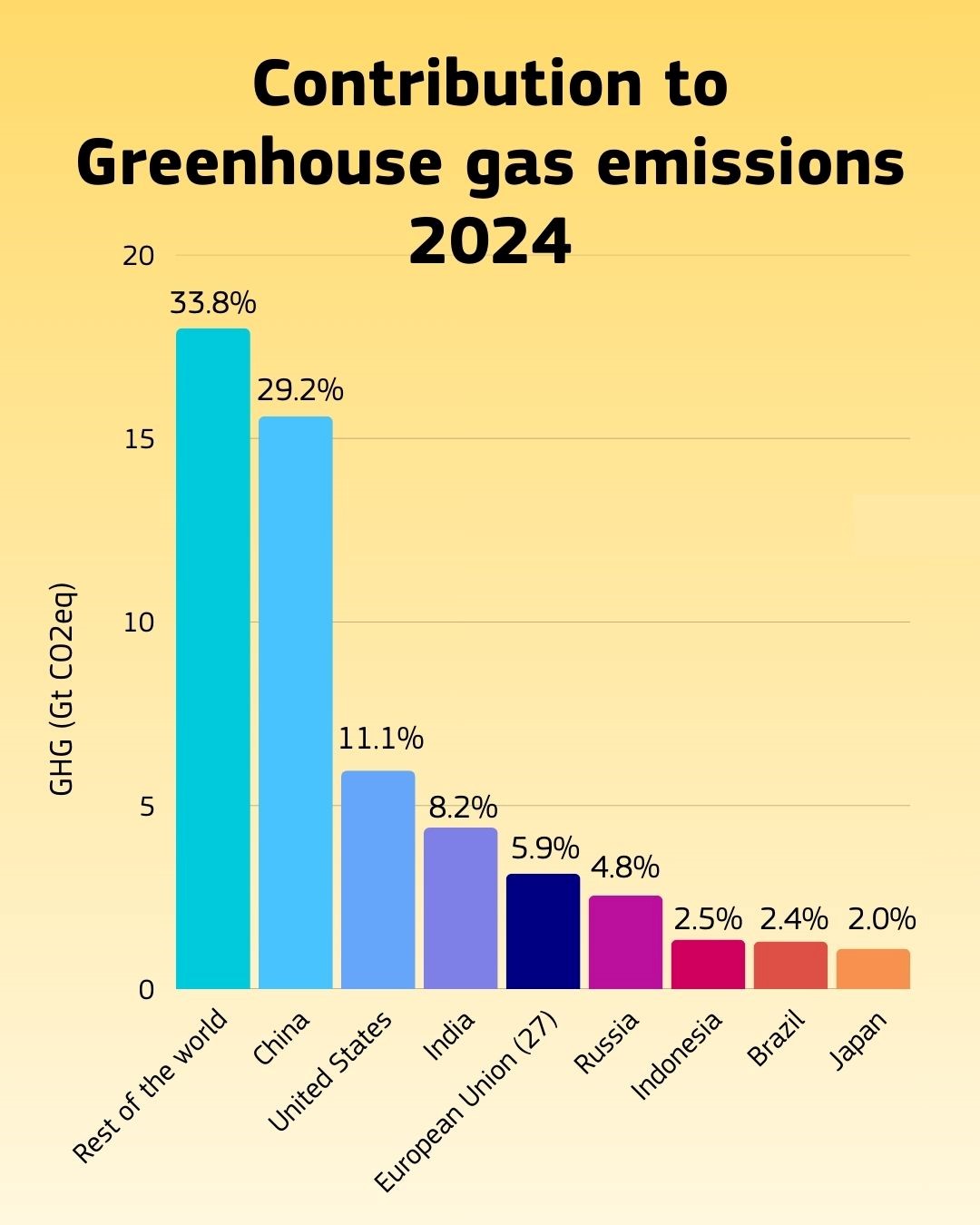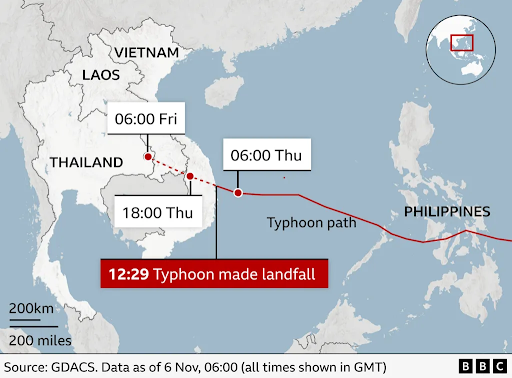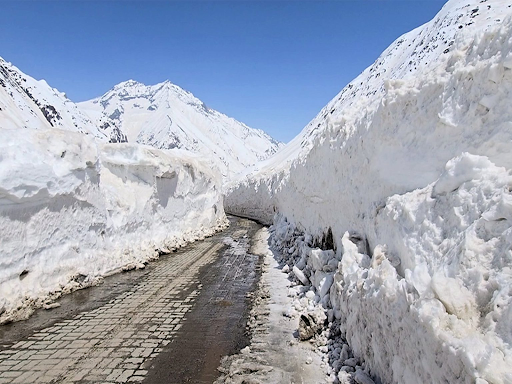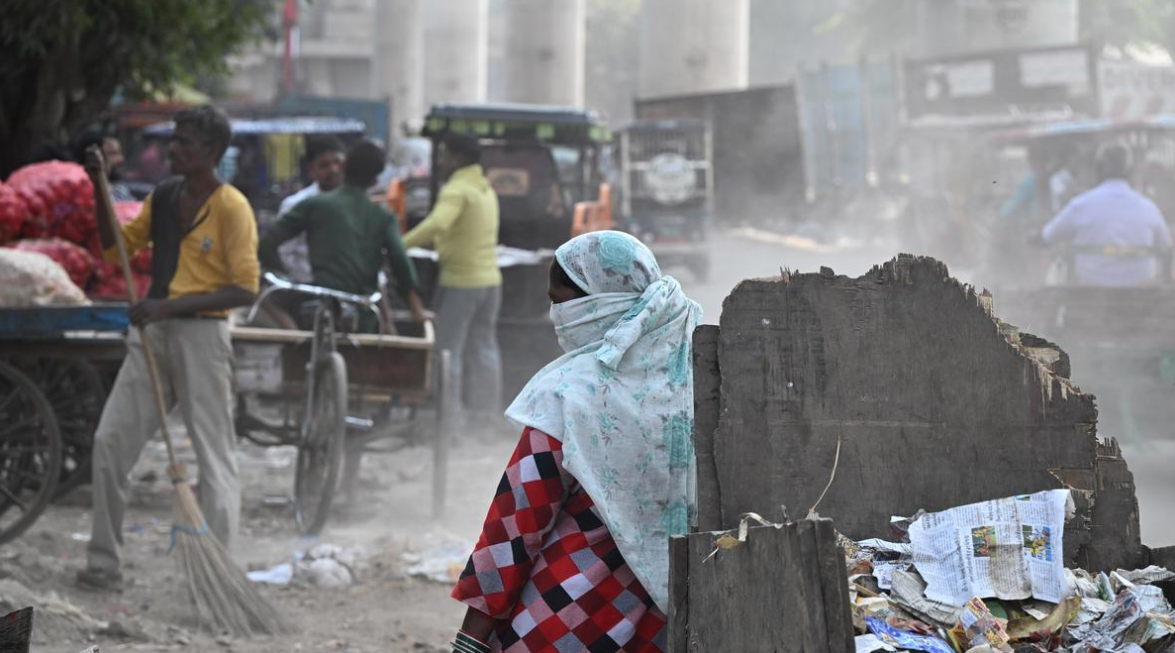



The Climate Inequality Report 2025 highlighted that the top 1% drive the climate crisis through emissions tied to their financial assets. It urges a Carbon Wealth Tax to ensure climate justice, curb high-carbon investments, and fund global adaptation and mitigation for vulnerable communities worldwide.

Copyright infringement not intended
Picture Courtesy: DOWNTOEARTH
The Climate Inequality Report 2025 by the World Inequality Lab identifies concentrated wealth as the fundamental cause of the global climate crisis.
Wealth, Not Just Consumption, Fuels Emissions
Wealthy individuals fuel the climate crisis through their investments, even more than their consumption and lifestyles.
Disproportionate Ownership Emissions
Globally, the top 1% account for 41% of global emissions associated with private capital ownership, while they represent only 15% of global consumption-based emissions.
Extreme Per Capita Disparity
The top 1% globally emit 680 times more per capita due to high-emitting asset ownership, or 75 times more based on consumption, than the bottom 50%.
Deepening Wealth Inequality
If the wealthiest 1% control all essential low-carbon assets by 2050, their share of global wealth could rise from 38.5% to 46%, exacerbating economic inequality.
High-Impact Sector Investments
Oxfam's analysis found that nearly 60% of billionaire investments are concentrated in "high climate-impact sectors" such as mining or oil and gas companies.
|
Read all about: INDIA RANKED 4TH IN GLOBAL EQUALITY l INEQUALITY IN INDIA l INEQUALITY IN CONTEMPORARY INDIA l INDIAN WELFARE MODEL EXPLAINED |
Global Ban on New Fossil Fuel Investments
Proposed as a foundational step to stop further contributions to climate change and redirect financial resources.
Financial Investment Tax on Carbon Content of Assets
As an interim measure, if ban on fossil fuel investments isn't immediately feasible, the report suggests taxing the carbon content of assets and financial portfolios.
Major Public Investment in Low-Carbon Infrastructure
Large public investment is essential for creating a strong, low-carbon energy system and narrowing wealth disparities.
Progressive Taxation and Green Investment Funds
Encourage progressive taxation to finance climate adaptation and mitigation in vulnerable regions.
New sovereign green investment funds to accelerate the transition and rebuild productive state capacity.
Integration of Climate Justice Principles
incorporate climate justice principles into national and international policy frameworks, including the Paris Agreement and UN Sustainable Development Goals.
The Climate Inequality Report 2025 highlights the link between wealth, emissions, and vulnerability, urging policymakers to implement structural solutions like carbon-adjusted wealth taxes instead of just consumption-based approaches.
Source: DOWNTOEARTH
|
PRACTICE QUESTION Q. Climate change is a multiplier of existing socio-economic inequalities. Critically analyze 150 words |
Climate change inequality underscores the disparity in how different groups and nations contribute to, are affected by, and can recover from climate change. The most vulnerable populations, least responsible for emissions, suffer the greatest impacts, while the wealthiest, most responsible, often have greater protection.
The most vulnerable groups globally, including residents of low-income countries, communities of color, seniors, children, women and girls, Indigenous communities, and those dependent on natural resources, are disproportionately affected.
The wealthiest 1% are responsible for 41% of global emissions tied to private capital, largely due to their investments in carbon-intensive industries like fossil fuels, aviation, and mining, as well as high-consumption lifestyles.







© 2025 iasgyan. All right reserved